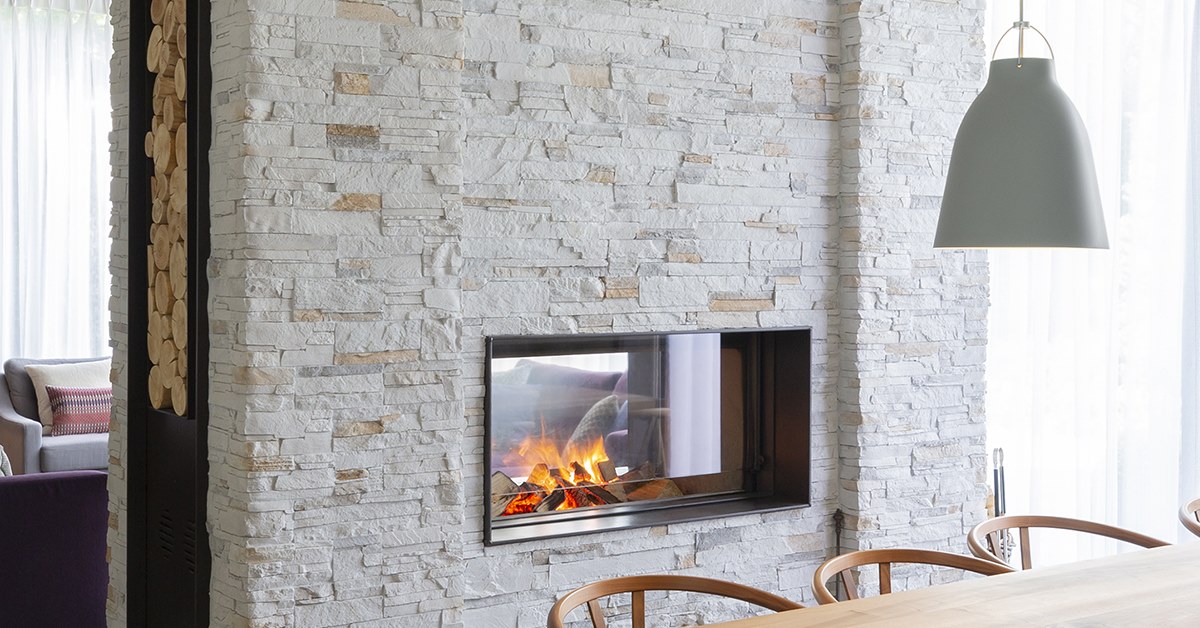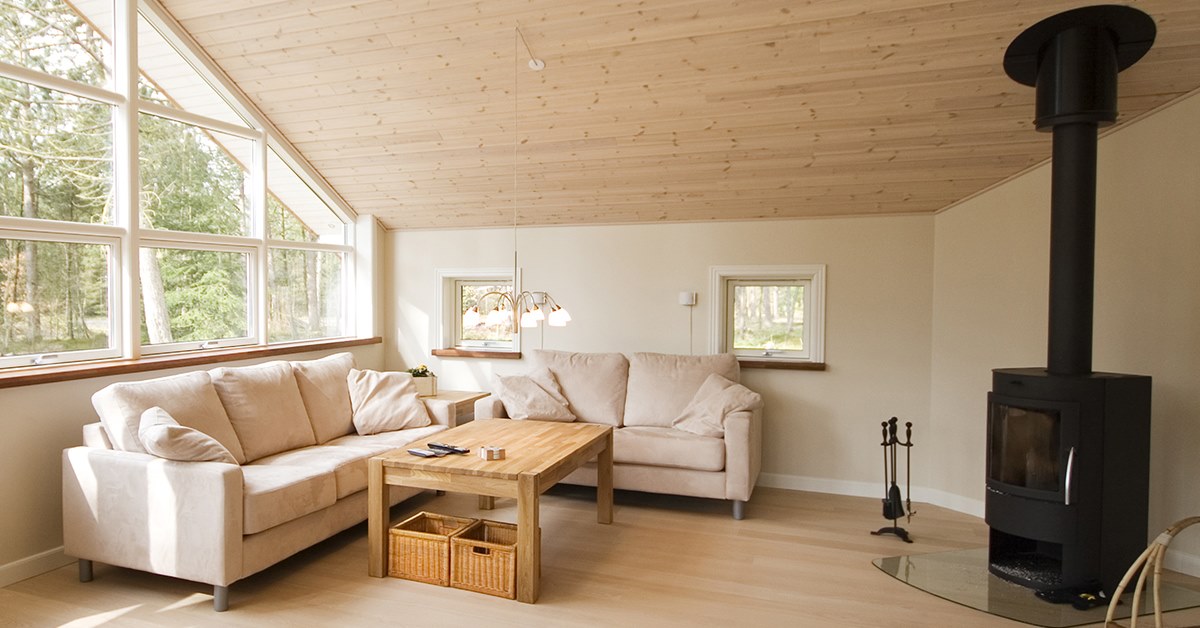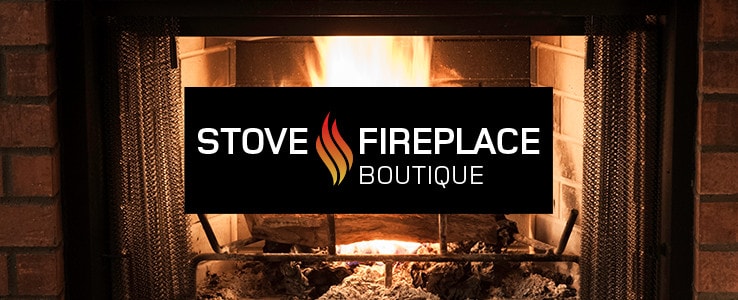Types of gas fireplaces and stoves
The two main options for supplemental gas heating in the home are gas fireplaces and gas stoves. Like traditional wood fireplaces and stoves, gas fireplaces are typically built into the wall while gas stoves have a freestanding design. However, modern gas fireplaces can come in peninsula (three-sided) and island (four-sided) designs as well. Gas stoves are also evolving from the traditional stove design into more streamlined and contemporary styles.
The choice between a stove and a fireplace will likely come down to a matter of aesthetics and personal preference. Make sure to choose a model that you and your family can enjoy for many years to come.















